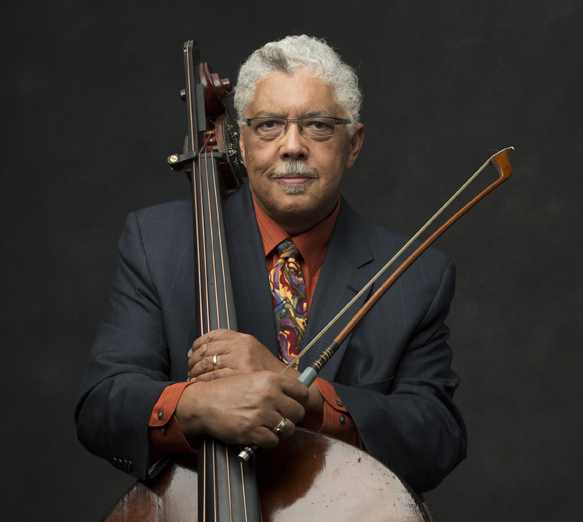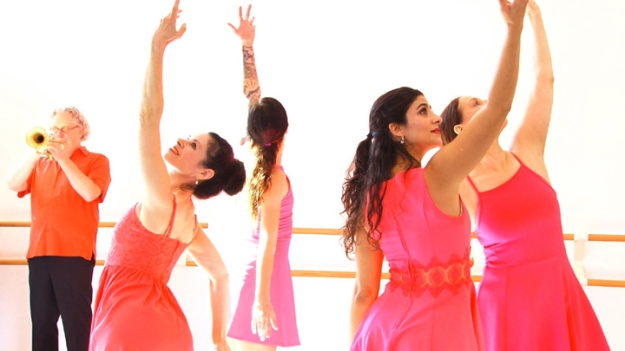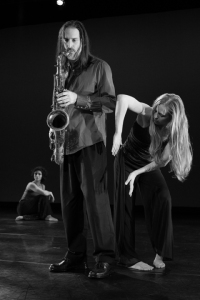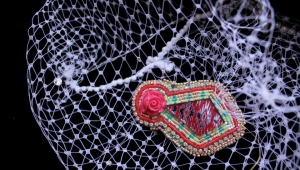
My concept behind the Coffee-Hugger series is to create short films based on the making of coffee. The idea is for the films to be amusing, personal and almost voyeuristic in nature, which is quite a departure from my usual work. “Coffee-Hugger 2: French Press” is the second in the series and the solo coffee maker is joined by another character, trumpeter and composer Tim Hagans. This short also tributes the films of Eric Rohmer, which are for me the essence of summer. If watching “Coffee-Hugger 2” inspires you to have a cup of coffee and watch a Rohmer film, then I have succeeded.
I am completely enamored of the films of Eric Rohmer and have been guilty of trying to disappear inside of them for years. No matter how many times I watch “Pauline at the Beach,” even though I realize that intellectually and artistically, the tale the filmmaker has told has come to its perfect ending, I am compelled to yell at the screen as Pauline closes the gate “No, don’t leave…why are you leaving?” and I turn to whomever I am watching it with and say “why are they leaving, I don’t understand why they are leaving?” Usually my viewing partner is Tm Hagans and luckily he loves Rohmer’s films and has patience with my asking him a question year after year for which there is no answer. So real is the film life for me that I can not bear for story to end, or really understand why anyone would leave life in that country house by the sea with its brimming hydrangeas, tranquil chair-creaking conversations about love, and bowels of coffee sipped in the garden.
When watching Rohmer’s “Le Rayon Vert,” I can not help but cry with Delphine when she encounters what she has been longing for throughout the entire film. The film takes its title from le rayon vert, which is a rare phenomenon in nature whereby the last ray of sunlight that the naked eye can perceive, the green ray, is visible briefly during the setting of the sun on a completely clear day. In the Jules Verne novel of the same name, the sighting of the green ray will result in the viewer knowing their true feelings and those of the people around them. This concept is discussed by characters in Rohmer’s film, overheard by Delphine, and incorporated beautifully into the narrative of the story. “Le Rayon Vert” is for me one of his greatest and truest films. I referenced it in an evening-length work I created in 2005 called Desesperadaos, a suite of tangos ranging from the gypsy to the avant-garde with music by Thomas Helton. The poetry in between the dances makes reference to the search for the green ray and the final movement was called “Tango Rayon Vert.” Rohmer’s spectacular film was subtitled “Summer” in English when released in North America, rather than “The Green Ray” which would be the literal translation of the French title. If you are looking to rent or purchase the film, it is listed under the title “Summer.”
For those readers who may be curious, and perhaps not familiar with Rohmer’s work, I have described some of the references below.
- The beautiful and plaintive melody played by trumpeter Tim Hagans is the song from “Pauline at the Beach” that all the main characters dance to at one time or another during the film. The music is uncredited in the film and I have never been able to find it anywhere else based on the album cover that appears briefly on camera…the title on the cover appears to correspond to a completely different piece of music. So it is quite a mysterious and magical fragment of music.
- The lovely hand written date cards, which Rohmer filmed and inserted to communicate the passage of time in many of his films, is tributed in the beginning of “Coffee-Hugger 2.” I chose August 5th because that is the day that Delphine meets someone very special in “Le Rayon Vert.” If you watch Rohmer’s date cards, there is a slight camera shake, which somehow adds to the sweetness of them, as if to let the viewer know that there is a living and breathing person that wants to tell them the story.
- Rohmer’s films are almost always filled with shots of people on vacation at the beach. If there isn’t the sea and sand and waves, it is almost not a Rohmer film. In addition to footage of people at the beach, “Coffee-Hugger 2” has some shots directly down into the water, tributing the beautiful shots in “La Collectionnuese” where the characters stare down at the seaweed and gentle waves as they ponder their relationships to each other.
There are also many tiny references, such as the hydrangeas which Pauline can not help cupping when she passes by, and the white bowls that hold the coffee. I welcome your communications on Eric Rohmer and his films. “Coffee-Hugger 2” is meant to inspire and share the discourse and love of the work of this amazing director.


 SKAMATO is a new ska-influenced work with choreography by Michele Brangwen and music by Tim Hagans celebrating the non-GMO tomato. SKAMATO is the first movement of UNSANTO, a new work from the Michele Brangwen Dance Ensemble about changes to the food we eat. See the New York premiere of SKAMATO at the Mark Morris Dance Center on Saturday October 24 at 5 p.m. Performed by Roberta Cortes, Robin Gilbert, Brit Wallis & Michele Brangwen, dancers; Tim Hagans, trumpet; Seth Paynter, saxophone; Thomas Helton, Sousaphone & double bass, and Joe Hertenstein, drums.
SKAMATO is a new ska-influenced work with choreography by Michele Brangwen and music by Tim Hagans celebrating the non-GMO tomato. SKAMATO is the first movement of UNSANTO, a new work from the Michele Brangwen Dance Ensemble about changes to the food we eat. See the New York premiere of SKAMATO at the Mark Morris Dance Center on Saturday October 24 at 5 p.m. Performed by Roberta Cortes, Robin Gilbert, Brit Wallis & Michele Brangwen, dancers; Tim Hagans, trumpet; Seth Paynter, saxophone; Thomas Helton, Sousaphone & double bass, and Joe Hertenstein, drums. 



